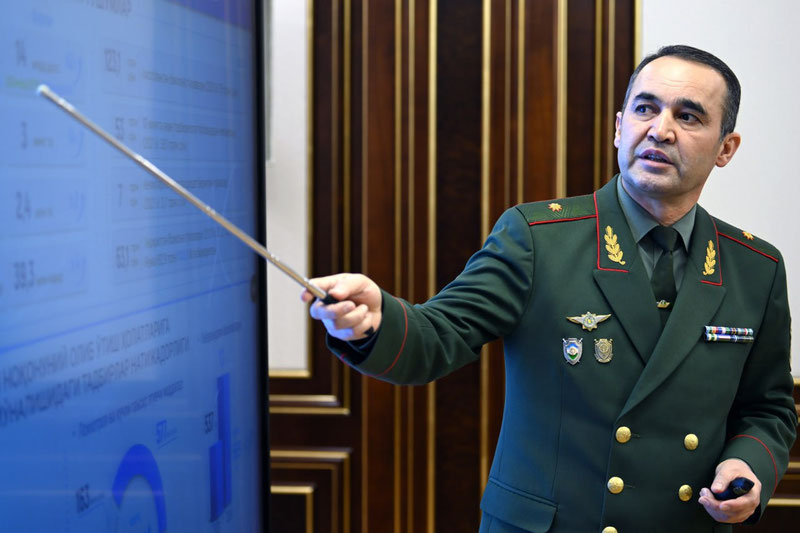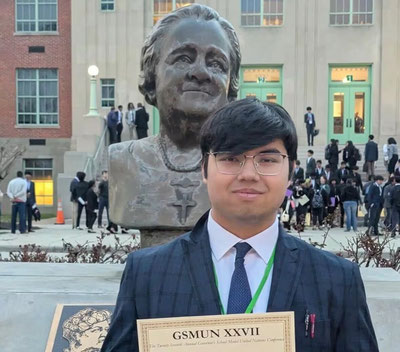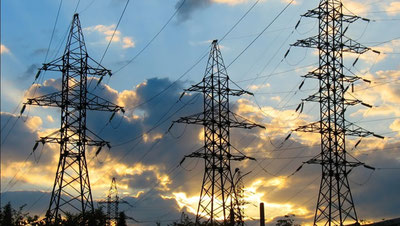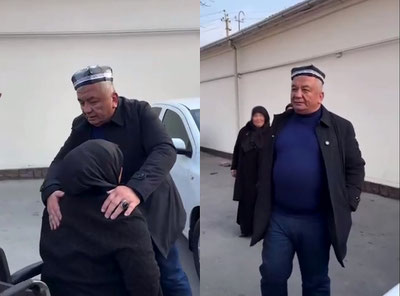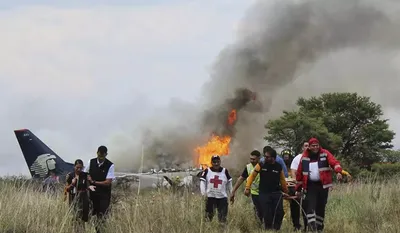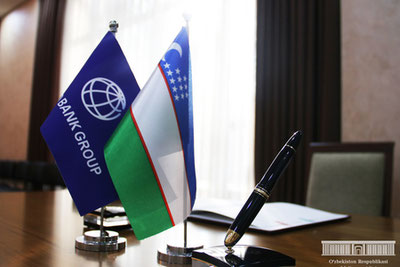President Shavkat Mirziyoyev became acquainted with the presentation on customs activities improvement and digitization on February 24th. The President's press service reported this.
In order to improve regional and international economic relations, a lot of work has been done in this area. An advance information exchange was established with nearly ten countries, customs clearance and data processing centers were organized. 4 major customs posts were built with terminals, and more than 20 were equipped with new devices. For entrepreneurs, 35 information systems were introduced, reducing the export processes from 9 stages to 3.
As a result, traffic across the border increased by 8 times, reaching nearly 5 million. Revenues to the budget increased by 9 times, exceeding 63 trillion UZS last year. The time for customs clearance of goods decreased to 3 hours for imports and 20 minutes for exports.
In general, through the simplification of the system, the expenses and time of nearly 6,000 exporters and 20,000 importers were saved. In the international logistics ranking, Uzbekistan rose from 140th to 74th place in terms of customs indicators.
However, there are still many tasks regarding digitization, process acceleration, and simplification. The presentation discussed measures in this regard.
In recent years, due to the expansion of processing types within the customs territory, the share of goods exported in this manner exceeded 1 billion dollars last year. It is possible to simplify this system further and increase exports to 1.5 billion dollars this year.
Due to the expanding trade and tourism relations with neighboring countries, the flow of passengers and motor transports at the border is expected to double at least. This requires creating additional infrastructure and increasing the throughput capacity of posts.
In particular, a system for obtaining information about passengers in advance, similar to that in buses, just like in air travel, is being considered to increase international trips. As a result, buses will pass through the border in a simplified manner, halving the clearance time. Also, the introduction of red and green lanes for cars and buses at the biggest customs posts is being proposed.
Special attention was paid to the extensive use of artificial intelligence in customs surveillance. With the help of World Bank experts, the “risk system” will be improved. This system evaluates the reliability of businesses based on 122 criteria such as financial stability, trade history, and so forth. Additionally, X-ray images will be analyzed based on artificial intelligence, automatically identifying dangerous goods.
The head of our state approved these proposals, emphasizing the importance of creating conveniences for our people, providing prompt services to entrepreneurs and tourists. In the process of joining the World Trade Organization, the task of fully aligning customs legislation was set.
Enhancing the capacity of the Customs Institute, artificial intelligence, digital technologies, skills in analysis, training qualified personnel, expanding dual education, and improving practices were highlighted as important.
